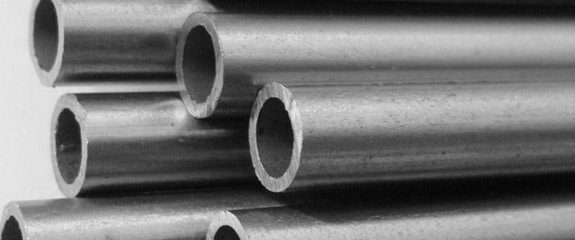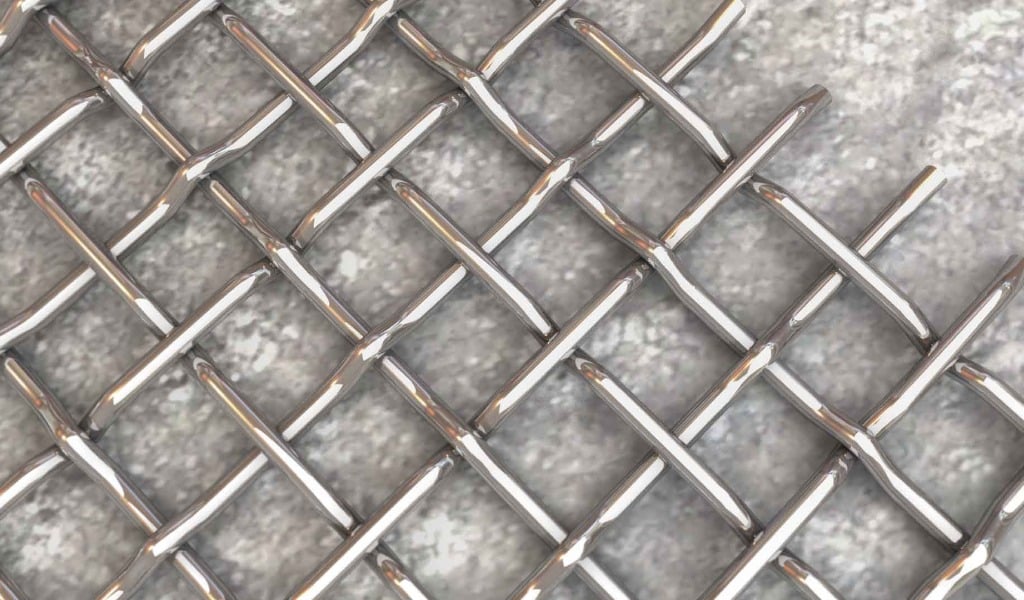Hastelloy vs 316 Stainless Steel: What Works Best for Chromatography?
Chromatography is critical to the production of countless products and the progression of modern science as it allows for the separation of any given mixture. The scientific process can be traced to countless industries, so it is imperative that your equipment, specifically the filter media you use, is capable of withstanding varying conditions.
A key step to this is implementing a material, like woven wire, that is fabricated from an alloy that is structurally fit for your application. But when there are materials that deliver comparable performance, like Hastelloy and 316 stainless steel, selecting the right alloy can be daunting.
W.S. Tyler has been committed to guiding customers like you when piecing together woven wire solutions that resonate with their operational needs. We are committed to utilizing our 150 years of experience to shed light on what alloys you should consider for your next chromatography filter plate.
With this in mind, we write the following article to help you better understand whether Hastelloy or 316 stainless steel is better for you. It will cover :
- The definition of Hastelloy
- Why you would want to use Hastelloy
- The definition of 316 stainless steel
- Why you would want to use 316 stainless steel
- How Hastelloy and 316 stainless steel compare
- How to select the right alloy
What Is Hastelloy?

Hastelloy is a woven wire alloy known for its unique ability to resist corrosive environments and, more specifically, extreme temperatures. Hastelloy consists of molybdenum, tungsten, and chromium with a nickel foundation.
The alloy’s favorable performance in harsh conditions can be attributed to the presence of chromium and molybdenum.
What Are the Benefits of Hastelloy Wire Mesh?
More often than not, Hastelloy is used for its superior heat resistance. It has a unique ability to combat oxidation when subjected to high temperatures.
This limits surface discoloration and ensures the integrity of the mesh parameters remains intact.
Hastelloy is also widely known for its corrosion resistance, especially when compared to standard stainless steel. Its ability to resist pitting corrosion, particularly, allows it to perform when contacted by the industrial acids and alkalines sometimes found in the chromatography industry.
What Is 316 Stainless Steel?

In the world of woven wire, 316 stainless is the most widely used 300 series stainless steel. It consists of 16% chromium, 8% nickel, 2% molybdenum, 1% carbon.
As it has minimal traces of carbon, it is classified as a low-carbon alloy. The resulting effect is an alloy that comets carbide precipitation.
To gain a better understanding of where 316 stainless steel stands in the 300 series family, read the article below:
What Are the Benefits of 316 Stainless Steel?
Molybdenum is added to 316 stainless steel during the molten stage, integrating it on a molecular level. This is done to enhance the corrosion resistance of the alloy as well as its stability.
It should also be noted that the low traces of carbon helps 316 stainless steel fight off corrosion. This is especially beneficial when woven wire is exposed to high moisture levels.
This is because the higher the carbon content, the higher the risk of rust and other forms of corrosion.
How Do Hastelloy and 316 Stainless Steel Compare?
Hastelloy, when compared to 316 stainless steel, offers better performance in both corrosion and heat resistance. It’s adept at enduring high-temperature environments and resisting corrosive agents, like oxidizing and reducing substances.
This means the risk of pitting and stress-corrosion cracking decreases while the longevity and structural integrity of the weave increase.
Now, while not on the same level as Hastelloy, 316 stainless steel still offers cost-effective robustness and corrosion resistance. It works particularly well when subjected to chlorides, maintaining a balanced set of mechanical properties.
This allows it to accommodate most general chromatography applications. It should also be noted that 316 stainless is more widely available and accessible to handle than Hastelloy.
Which Alloy Should I Use?
Selecting between Hastelloy and 316 stainless steel should be mainly driven by the properties of the mixture being separated. You will also want to consider things like operational temperature and how long you need your mesh to last.
That said, if your process is considered more standard with limited temperature spikes and corrosive properties, odds are 316 stainless steel will get the job done. But if your process is more demanding, generating extreme conditions, you will most likely want to invest in Hastelloy.
Conquer Demanding Chromatography Processes With POROSTAR®
When constructing woven wire chromatography filter plates, Hastelloy and 316 stainless steel are two of the more prominently used alloys. Hastelloy is typically reserved for applications in which the mesh is subjected to the harshest of conditions, whereas 316 stainless steel is perfect for more standard processes that have strict budget constraints.
But once you reach a decision on what alloy to use, you must take the time to ensure that you are going to implement the right woven wire variant. This is critical as the woven wire you use will ultimately determine how well your process separates a mixture.
For 150 years, W.S. Tyler has worked to make the world a cleaner, safer world by pioneering woven wire innovations like POROSTAR®, our industry-leading sintered multi-layered woven wire product.
Get more information on POROSTAR and whether or not it can accommodate your chromatography process in the article below:
About Ronnie Brown
Ronnie is the Content Writer for W.S. Tyler and has four years of experience as a professional writer. He strives to expand his knowledge on all things particle analysis and woven wire mesh to leverage his exceptional writing and graphic design skills, creating a one-of-a-kind experience for customers.




